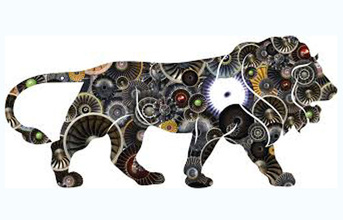
Indigenous technology to boost PM's Make in India campaign
To achieve this, I am happy to see its scientists pursuing research on Nano Materials, Graphene and carbon Nano Tubes based composites, Material modelling and design etc.
In this connection, he listed some of the recent achievements made by its 43-member scientific team.
* Aluminium Alloy Silicon Carbide, a metal-matrix composite has potential applications in strategic and automobile sectors. The composites thus developed have been transferred to Exclusive Magnesium, a Hyderabad-based private sector company.
* Significant achievements in Metallic Foams, Smart and Functional Materials, Graphene and Carbon Nano Tubes base Composites. These are crucial for "Make In India" success and the manufacturing sector will be able to source these materials without relying on imports.
* Significant progress in extrusion, electromagnetic forming and special processing techniques for light alloy products has been made and major industries such as BHEL, Tata Motors, Mahindra &Mahindra, Ashok Leyland have shown keen interest in the development of lightweight high performance components.
* Jindal Steel, one of the largest private core sector giants, in the process of adopting flyash-based cementitious binder based on success in transferring a novel process. Allied breakthrough customized for sugar mills is also attracting industries' interest.
They developed a hydro-generator shaft on sponsorship from BHEL Bhopal, which is fabricated by rolling, welding and suitable post-heat treatments from a thick section of a plate with properties similar to those of forged imported material.
In addition to import substitution, the development of the welded hydro-generator shaft has led to material cost saving to the tune of 80 per cent.
AMPRI aspires to provide scientific and technological input to societal missions of relevance to rural development.
End




































